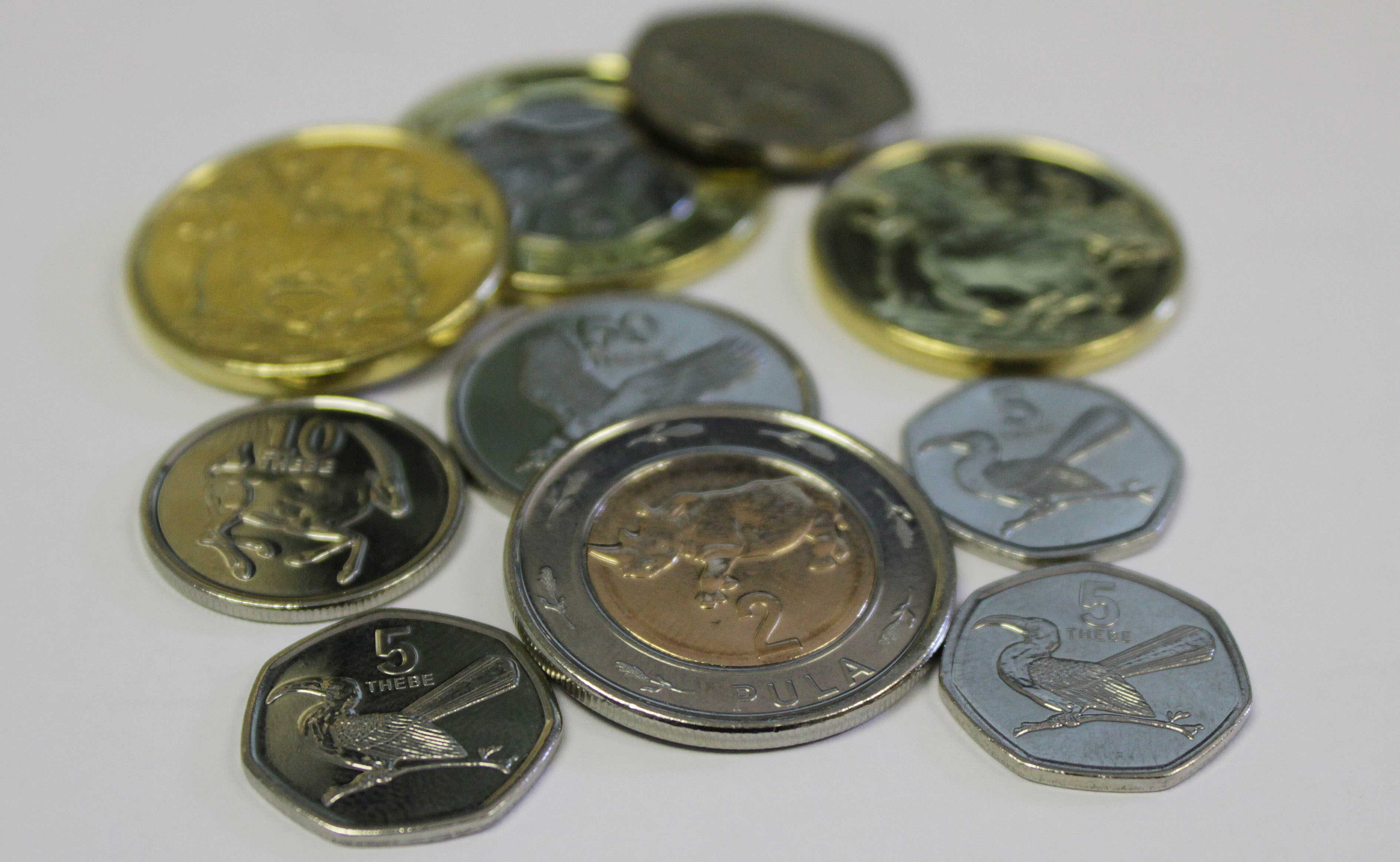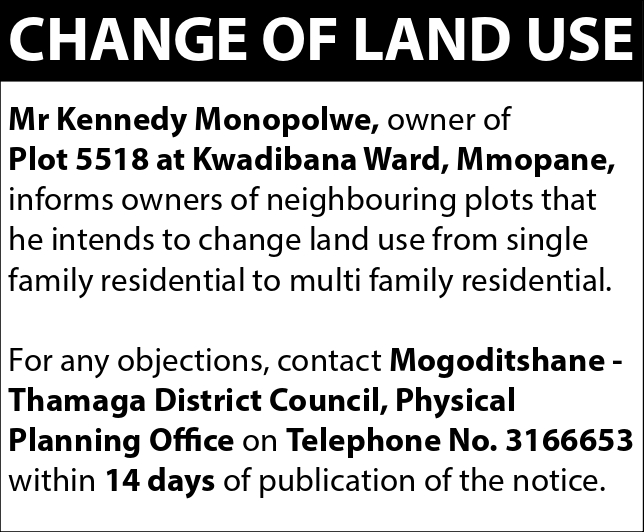- Changes the country’s outlook from negative to stable
GAZETTE REPORTER
Credit Rating Agency, Moody’s has downgraded the Government of Botswana’s sovereign credit rating for long-term bonds, denominated in both domestic and foreign currency, from ‘A2’ to ‘A3, this publication has established.
Not only did Moody’s lower the country’s foreign currency issuer rating but the firm also changed Botswana’s outlook from negative to stable. According to the bond credit rating company, the downgrade to A3 reflects the deterioration in fiscal strength exacerbated by the shock induced by the coronavirus pandemic.
“As a result, Botswana’s fiscal buffers have been eroded, reducing the government’s fiscal space to absorb future shocks, to which the country is more exposed than most of its A-rated peers,” Moody’s noted. “At the same time, Botswana’s credit profile continues to be supported by robust fiscal metrics, in particular a low debt level and high debt affordability.”
Moreover, the credit rating agency highlighted that the stable outlook balances Moody’s expectations that Botswana’s credit metrics will remain commensurate with the A3 rating, notwithstanding the risks posed by the evolution of the pandemic and a potentially weaker than currently expected recovery in the demand for diamonds.
“The stable outlook also reflects Moody’s expectations that prudent macroeconomic policies will continue, helping Botswana to navigate the challenges stemming from the country’s economic model reliant on the diamond industry and on a large public sector,” Moody’s noted.
Even so, Moody’s noted that the fiscal measures to cushion the effect of the pandemic and the large shock to revenue, primarily due to a reduction in mineral revenue, led to a deterioration in fiscal metrics and accelerated the erosion of the government’s fiscal reserves which have been almost depleted.
“The government financed the 2020 deficit mainly by drawing down fiscal reserves and to a lesser extent by issuing domestic debt,” Moody’s noted. “As a result, Moody’s expects government debt (excluding guarantees) to have only increased to about 19 percent of GDP in fiscal 2020, up from 14.7 percent of GDP in 2019.
However, the fiscal reserves in the Government Investment Account (GIA), which represents the government’s share of foreign exchange reserves in the Pula Fund and Liquidity Portfolio, declined by about 80 percent since the onset of the shock, to 1.9 percent of GDP at the end of 2020 from 9.3 percent of GDP as of March 2020, exacerbating a marked downward trend from a level equivalent of 17.1 percent of GDP in 2017 and 24.3 percent of GDP in 2015.”
In Moody’s analysis, despite the downside risks to the post- pandemic fiscal consolidation path, Botswana’s financial strength will remain commensurate with the A3 rating in the near to medium term. “Moody’s also expects that susceptibility to event risk will remain contained given low political risk, limited government liquidity and external vulnerability risks and a stable banking sector despite the expected deterioration in asset quality,” Moody’s noted. “Moody’s expects that solid institutions will continue to pursue prudent policies delivering macroeconomic stability and helping with the challenges posed by the country’s economic model reliant on the diamond industry and on the large role of the public sector.”




